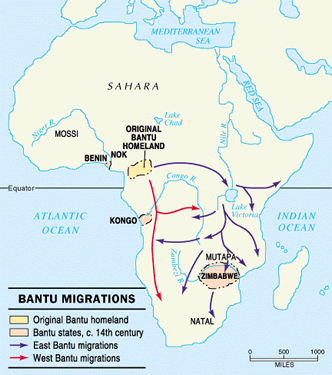Article source: http://www.cnn.com/2014/08/29/travel/airlines-saving-lives-with-trashed-leather/index.html?hpt=iaf_mid
In the novel, Americanah, (Ngozi Adichie, 2013) the main character thinks to herself, “To hear Nigeria and good in the same sentence was a luxury.” This is the perspective of a Nigerian woman who has been living in Princeton, New Jersey for several years. Though it is a simple statement, it holds a lot of weight. From my perspective, a Caucasian, American male and with the risk of over-assimilating myself, I would argue that her statement applies to not only Nigeria, but also to numerous African countries. Adichie’s words beg the question: When was the last time I read or heard anything positive about an African country in the mainstream US media?
The truth is that I can’t recall coming across an article that represents the diversity, complexity and beauty of any African country. Thus the reason why, upon my arrival in Africa seven months ago, I was shocked to discover the sheer magnificence of the area. As I explored Cape Town, South Africa, I couldn’t help but notice the blatant contrast between a newfound reality and an old illusion. Rather than encountering the stereotypical, impoverished, helpless Africa that our media makes the continent out to be, I was greeted by a lavish city full of a hustle and bustle that could match New York City.
These observations were not exclusive to Cape Town, but most cities I visited in South Africa. Upon returning back to the US, the question I received the most from people besides “did you see any lions?” was about poverty. More often than not, the questions addressed Africa in its entirety, rather than South Africa specifically. I have also been asked several times if I was there “to help”. I have even been told that I wasn’t in the “real Africa” because my pictures did not reflect the correct image of poverty that people expected. Though I can’t blame those who asked these questions. In fact, seven months ago, I would have asked the same questions.
Where were the questions that concerned the beauty of Cape Town or the astonishing architecture of Grahamstown? The reasoning for this is the same reason why it is a rarity for the main character in Americanah to come upon a positive statement concerning Nigeria. It is because African cultures, at different scales, lose their respective identities and complexities in the American media. They become a single character synonymous with poverty and a lack of progress— a single place that is constantly in need of help from the outside world.
A recent CNN article I came across captures the idea of media outlets reducing Africa to the vulnerable continent it is often depicted as. The article, by Daisy Carrington, is titled, “Airlines saving lives with trashed leather.” It is an interesting article that covers a cool idea: Southwest Airlines finding a useful way to directly recycle mass amounts of discarded leather seats from airplanes. The leather is going to Kenyan orphanages that in turn are making shoes to directly combat foot parasites and soccer balls, which are sold to raise funds for healthcare research in the area. The issue immediately comes into play in the first caption: “Southwest Airlines recently launched Luv Seat, an upcycling initiative that aims to repurpose 80,000 used leather seat covers. Rather than simply donating the materials, Southwest has partnered with NGOs in Africa that will use them to provide job training and health education.” This was the first text after the title in the first, non-Ebola, article I saw about Africa on the CNN website. NGO’s, Africa, donating, job training, health education. It’s this type of discourse that leads to the mythical view of helpless, homogenously impoverished Africa.
To be fair to the author, the rest of the article does a decent job of pointing out that this initiative is targeted specifically at orphanages in Kenya. Unfortunately, the specific references come after more helpless Africa discourse: “the airline started looking towards Africa for recipients of the used leather”. It is stated like it is the only obvious place for Southwest’s old leather.
Southwest’s creativity is doubtlessly commendable, but are they the heroes of the story that CNN makes them out to be? The answer is no. They are not the ones “saving lives with trashed leather” as the title proclaims. They are simply donating their trash. The people directly saving lives are the Kenyans who are making products out of the leather and spreading the resources. This is a great story about Kenyans helping Kenyans. Sadly, the story has been written in a way that gives the glory to the Southwest Airline Corporation. Told this way, the story becomes an all too familiar narrative of heroic Western superiority saving helpless Africa.
Stories told in this fashion warp our idea of an entire continent. Articles like this make it so that it is a surprise for the main character in Americanah to hear something positive about Nigeria in New Jersey. This type of discourse is the reason people ask me if I went to South Africa to “help”.


